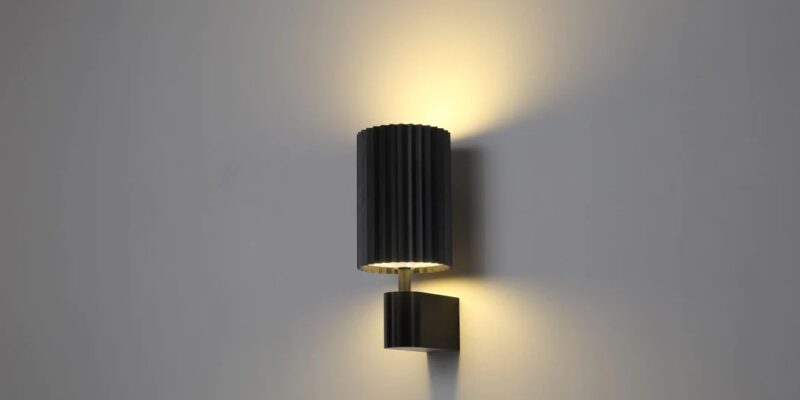Are you tired of fumbling around in the dark when you enter a room? Do you want to save energy and reduce your electricity bill? Look no further than indoor sensor lights. These innovative lights are equipped with motion sensors that detect movement and automatically illuminate the space. In this blog post, we will explore the uses and benefits of indoor sensor lights, particularly focusing on microwave sensor lights.
Convenience: One of the main benefits of using indoor sensor lights is the convenience they offer. No more searching for light switches in the dark or having to remember to turn off lights when you leave a room. With sensor lights, the light will automatically turn on when someone enters the room and off when they leave. This not only provides added convenience but also helps to save energy by ensuring that lights are not left on unnecessarily.
Security: Indoor sensor lights can also enhance security in your home or office. By automatically turning on when motion is detected, these lights can deter potential intruders or alert you to any unexpected activity. This added layer of security can provide peace of mind, especially when you are away from home or during nighttime hours.
Energy efficiency: Another major advantage of using indoor sensor lights is their energy efficiency. Traditional lighting systems rely on manual operation, meaning that lights may be left on for longer periods than necessary. Sensor lights eliminate this issue by only turning on when needed, helping to reduce energy consumption and lower electricity bills. Additionally, many modern sensor lights use LED technology, which is known for its energy efficiency and long lifespan.
Microwave sensor technology: When it comes to indoor sensor lights, there are different types of sensors available, including infrared and microwave sensors. Microwave sensors use radio waves to detect motion within a space, making them ideal for larger areas or rooms with obstructions that may interfere with infrared sensors. These sensors are highly sensitive and can detect even slight movements, providing enhanced functionality and reliability.
Versatility: Indoor sensor lights come in a variety of styles and designs to suit different preferences and needs. From ceiling-mounted fixtures to wall sconces and portable lamps, there is a wide range of options available to fit any interior decor style. Whether you need extra lighting in a hallway, closet, bathroom, or bedroom, there is a sensor light solution for every space.
Conclusion:
Illuminating your indoor space with sensor lights is not only convenient but also offers numerous benefits such as improved security, energy efficiency, and versatility in design options. Microwave sensor technology enhances functionality by providing reliable motion detection even in challenging environments. Consider incorporating indoor sensor lights into your home or office to enjoy these advantages while creating a well-lit and welcoming environment for yourself and others.














Comments